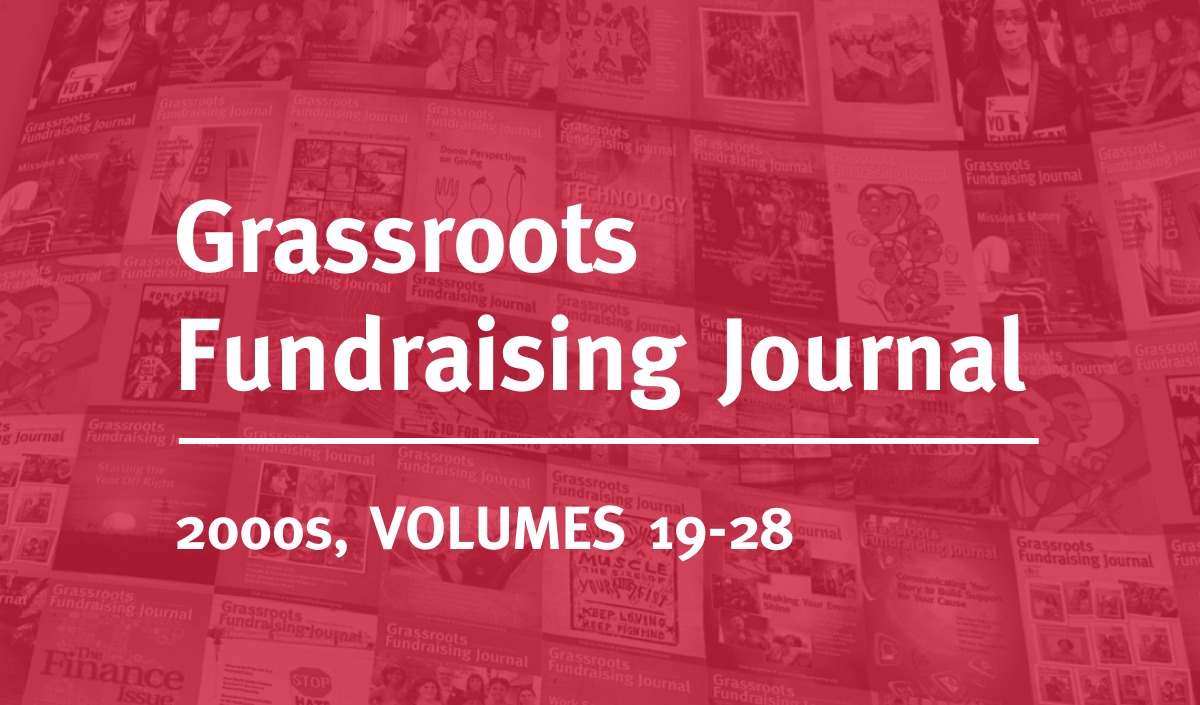July 6, 2011; Source: iWatch News| The Center for Public Integrity is an investigative news outlet that often produces some revealing content. Its recent piece on problems in the stimulus-funded weatherization program is revealing not for how much misspending CPI found, but rather, despite the intent of the article, how little.
The story talks about the stimulus-generated weatherization funds that flowed into West Virginia. The U.S. Department of Energy characterized West Virginia as a state with “more significant miscues” in the use of weatherization dollars than other states.
But the Department also noted that in many of its audits of the states for their receipt and use of weatherization funds in the stimulus found “infractions that are often minor.” Despite the iWatch headline, “Stimulus funds for W. Virginia’s handicapped and poor instead goes for lobbying, consulting,” the “miscues” seem to be relatively minor in the context of a rapid infusion of $38 million in weatherization funds into the state.
The consulting misspending that iWatch highlighted was $25,000 to a lawyer for four hours of work reviewing weatherization contracts and $20,000 to a former director of the state’s weatherization program. Both appear clearly objectionable, but they can be remedied — easily — and they’re relatively small in the context of the program. The diversion of money for lobbying? iWatch cited $2,500 that was used to “get the word out” that more money was needed from Washington for the costs of administering stimulus weatherization dollars.
Sign up for our free newsletters
Subscribe to NPQ's newsletters to have our top stories delivered directly to your inbox.
By signing up, you agree to our privacy policy and terms of use, and to receive messages from NPQ and our partners.
An IG report found that some of the weatherization work was shoddy and that the pace of weatherization was slower than desired. Is anyone all that surprised? The federal government was excruciatingly slow in giving states and nonprofits clear guidance on some aspects of the weatherization funds, such as wage rates. Many states added to the delays because they were often quite distrusting of the nonprofit entities on the ground prepared to carry out weatherization projects. And the weatherization groups were often faced with much larger sums of weatherization dollars than they had ever seen before, compelling them to staff up quickly and provide training on the fly to new recruits for their weatherization teams. It should be no surprise that the IG found that a chunk of the weatherization jobs were less than stellar.
The press needs to better understand how often nonprofits had to solve stimulus-funding problems on their own, on the job, because the infrastructure of regulatory guidance and administrative oversight from the Department of Energy wasn’t fully developed and the funds were often being passed through state agencies that themselves had limited abilities to process and monitor what was happening with the weatherization funds. Maybe next time — because there will be a next time for a stimulus if the economy doesn’t start to improve rapidly — the lessons from this batch of stimulus funding will be applied to the next stimulus to make sure it runs better.
Also, one note to the press about the stimulus: Yes, as iWatch said, the stimulus was a $787 billion program. However, the majority of stimulus dollars were tax incentives and expanded entitlements; program spending on weatherization, housing, health centers, green jobs, etc. were less than half of the total.—Rick Cohen













